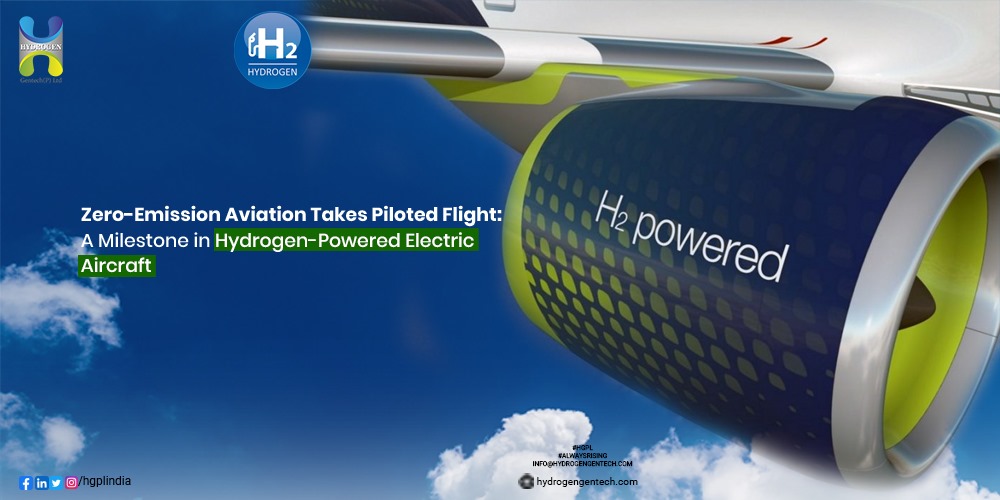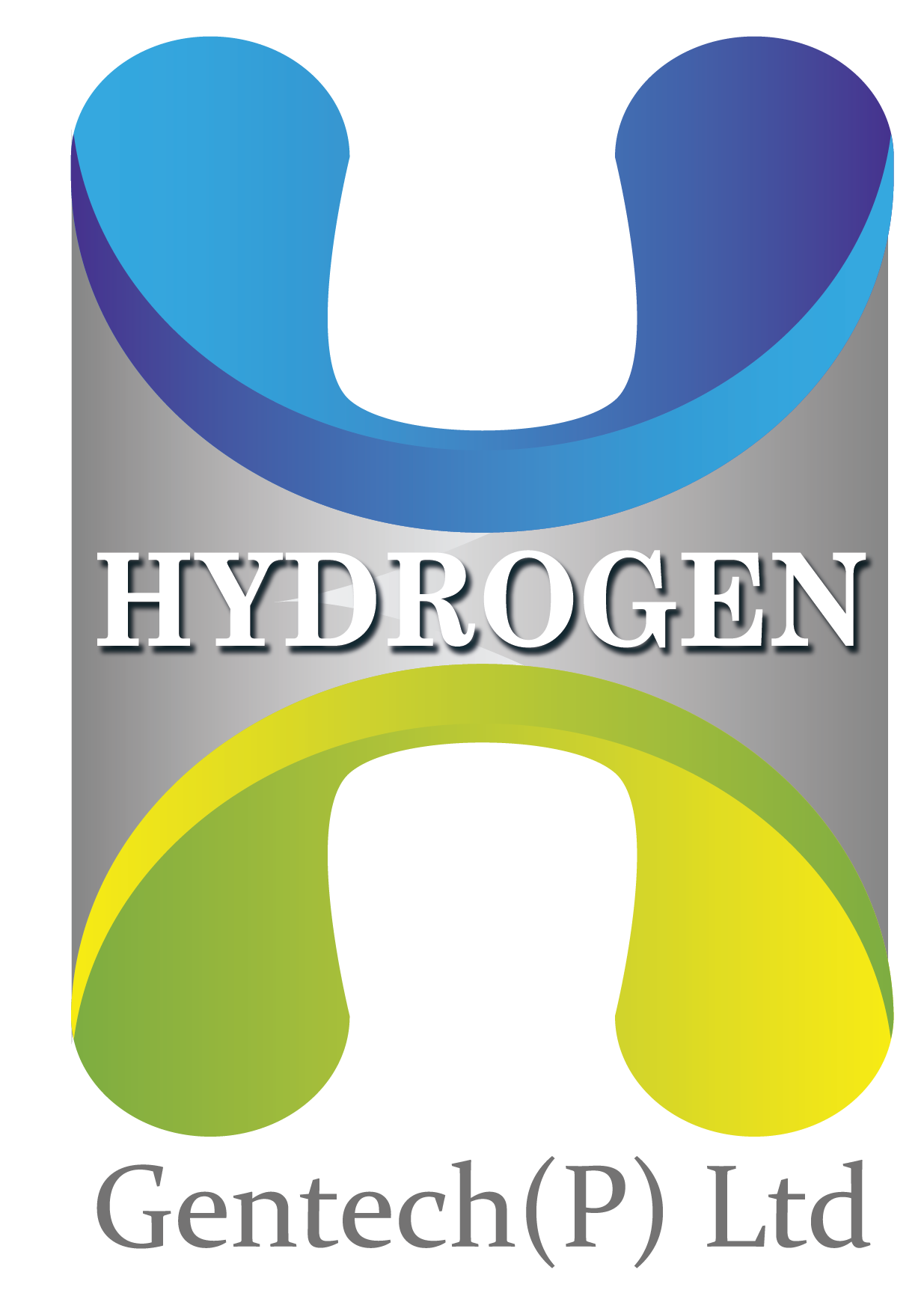
Introduction
In a groundbreaking achievement, German-based company H2FLY has successfully piloted a flight of an electric aircraft powered by liquid hydrogen. This milestone marks a significant step forward in the development of zero-emissions aviation and opens doors for long-distance flights with minimal environmental impact. H2FLY’s expertise in hydrogen electric aviation technology has positioned them as leaders in the industry, with the support of renowned eVTOL developer, Joby Aviation. This article explores the details of this historic flight and the potential implications for the future of commercial aviation.
The Pioneering Journey of H2FLY
H2FLY has been at the forefront of hydrogen electric aviation for nearly a decade, consistently delivering groundbreaking achievements. Their HY4 hydrogen electric aircraft completed its maiden flight in 2016, setting the stage for further advancements in zero-emission aviation. In 2022, the HY4 broke a world record by soaring above 7,000 feet during a 77-mile journey across Germany. These accomplishments have garnered the company financial support from multiple German ministries and the Project HEAVEN consortium, further enhancing their credibility and capabilities.
A World’s First: Piloting an Electric Aircraft with Liquid Hydrogen
H2FLY recently conducted a test campaign involving four flights of the HY4 demonstrator electric aircraft. These flights marked the first time a human pilot was onboard during the piloting of an electric aircraft powered by liquid hydrogen. This significant development is a testament to H2FLY’s commitment to pushing the boundaries of hydrogen electric aviation technology. The use of cryogenically stored liquid hydrogen (LH2) instead of pressurized gaseous hydrogen storage (GH2) enabled a lighter tank weight and volume, resulting in increased range and payload capacity.
Extending the Range: Doubling the Maximum Range of the HY4
The use of liquid hydrogen as a fuel source has significant implications for the range of hydrogen electric aircraft. H2FLY’s pioneering efforts have demonstrated that the HY4 aircraft’s maximum range can be doubled, from 750 km (466 miles) to an impressive 1,500 km (932 miles). This breakthrough in range capabilities opens up new possibilities for long-distance flights without compromising on emissions. It paves the way for the decarbonization of commercial aviation, a critical mission in the fight against climate change.
Professor Josef Kallo’s Vision for the Future
Professor Josef Kallo, co-founder of H2FLY, believes that this achievement is a watershed moment for hydrogen-powered aircraft. He emphasizes the viability of liquid hydrogen for medium and long-range emissions-free flight. With this success, H2FLY is now focused on scaling up their technology for regional aircraft and other applications, further driving the decarbonization of commercial aviation. The company’s commitment to research and development is evident in their plans to establish the Hydrogen Aviation Center at Stuttgart Airport, set to open in the near future.
Commercialization and Future Prospects
H2FLY’s success in piloting an electric aircraft powered by liquid hydrogen brings them closer to commercialization. The company is concurrently working on the development of their new H2F-175 fuel cell systems, which are expected to power aircraft to their full range at altitudes of up to 27,000 feet. These advancements will enable hydrogen electric aircraft to operate efficiently and sustainably on regional routes. The Hydrogen Aviation Center at Stuttgart Airport will serve as a hub for further research, development, and collaboration, cementing H2FLY’s position as a key player in the future of zero-emission aviation.
Conclusion
The world’s first piloted flight of an electric aircraft powered by liquid hydrogen is a significant milestone in the quest for zero-emission aviation. H2FLY’s pioneering efforts have demonstrated the viability of liquid hydrogen for medium and long-range flights, with the potential to transform commercial aviation. By doubling the maximum range of the HY4 aircraft, H2FLY has opened doors to more sustainable and environmentally friendly air travel. With ongoing research and development, H2FLY is poised to drive the decarbonization of the aviation industry, leading the way towards a greener and more sustainable future.
*Disclaimer: The information provided in this article is for informational purposes only. The views and opinions expressed in this article are those of the author and do not necessarily reflect the official policy or position of any other agency, organization, employer, or company.

